It seems like I am confronted more and more with patients dealing with the pain and numbness of peripheral neuropathy. The condition can result from many entities and is often time only effectively treated with medications that have a host of unsavory side effects. My hope is to offer you some alternative options that will help you get back on your feet and enjoy the things you are used to doing.
Peripheral neuropathy refers to the conditions that result when nerves that carry messages to and from the brain and spinal cord from and to the rest of the body are damaged or diseased. They are common, especially among people over the age of 55. All-together, the conditions affect 3% to 4% of people in this group, which is a good chunk of the population.
The peripheral nerves make up an intricate network that connects the brain and spinal cord to the muscles, skin, and internal organs. Peripheral nerves come out of the spinal cord and are arranged along lines in the body called dermatomes. Typically, damage to a nerve will affect one or more dermatomes, which can be tracked to specific areas of the body. Damage to these nerves interrupts communication between the brain and other parts of the body and can impair muscle movement, prevent normal sensation in the arms and legs, and cause pain.
There are several different kinds of peripheral neuropathies that stem from a variety of causes. They range from carpel tunnel syndrome (a traumatic injury common after chronic repetitive use of the hands and wrists, such as with computer use) to nerve damage linked to diabetes.
Neuropathies are typically classified according to the problems they cause or what is at the root of the damage. One of the most common forms of neuropathy is diabetic neuropathy, a condition that occurs in people with diabetes. It is more severe in people with poorly controlled blood sugar levels and the incidence can be 50 to 90% of diabetics depending on the criteria used.
The most common symptoms of neuropathy include:
- Tingling
- Numbness
- Loss of sensation in the arms and legs
- A burning sensation in the feet or hands
Because people with chronic polyneuropathy often lose their ability to sense temperature and pain, they can burn themselves and develop open sores as the result of injury or prolonged pressure.
Neuropathies can be caused by environmental factors such as toxins, trauma, illness, or infection. Known causes of neuropathies include:
·Poor nutrition treating vitamin deficiency – folate and vitamin B12
·Diabetes
·Certain medications
·Several rare inherited diseases
· Alcoholism
·Certain kinds of cancer and chemotheraphyused to treat them
·Auto-immune conditions where nerves are mistakenly attacked by the body’s own immune system
·Infections such as Lyme Disease, Shingles or AIDS
·Idiopathic (We don’t know!!)
Now that I have addressed the background of PN, what can you do to make life better? The conventional treatments include products that block receptors in our body that transmit the pain signal primarily amitriptyline, duloxetin, gabapentin and pregabalin or Lyrica. They do a decent job of treating the symptoms of PN but contain some unwanted side effects, mainly drowsiness and fatigue which are the last things we want to patients who are older as this can potentially increase their risk of falling. Opioids are not a great option but do provide some relief for some of the symptoms of PN.
If you are a diabetic patient and have taken metformin for a period of time, you may want to have your Vitamin B12 level checked and consider supplementation. This medication is known to deplete B12 in our systems and a low B12 can lead to neuropathies.
The human genome project has given us some great information on genetic abnormalities, one of which is our ability to methylate, i.e. add a methyl group to certain key components in the metabolic process. Up to 70% of the population can have a compromised methylation process which can inhibit the activation of folic acid and vitamin B12. Taking activated forms of these dietary supplements is a helpful way to offset the poor genes that we possess.
Studies show that high doses of alpha-lipoic-acid can help patients with PN who are diabetic.
Sometimes the cause of the PN is something that can’t be treated by a dietary supplement due to its cause, when that happens and you are left using conventional therapies but have the side effects that I discussed above, it may feel like you are running out of options. This is an opportunity to use a compounded medication. By placing medications that typically cause systemic side effects into a transdermal gel, you are able to apply the gel to the site of pain, decreasing the amount of drug that is used but applying to the receptors responsible for the pain transmission.
Other options that are outside of the box include low dose Naltrexone, an opioid receptor blocker that works in our central nervous system to block neuro-inflammation. Also, the use of pulsed electro-magnetic field therapy which is using different frequencies of electrical current to improve micro-circulation is another option when nothing is providing relief.
Lifestyle modifications can help prevent you from getting to the point of PN’s in many conditions. Eating right and keeping blood glucose normalized, supplementing omega 3 fatty acids, exercising, sleep and stress reduction are ways to lower inflammatory burden.
Please stop in or call the pharmacy if you would like further information on ways to help with peripheral neuropathies and pain. You can access this and other articles on our website at irsfeldpharmacy.com. Until next time, be vigilant about your health!!
VISIT US
HOURS
HOURS
CONTACT US
Fax #: (701) 483-4926


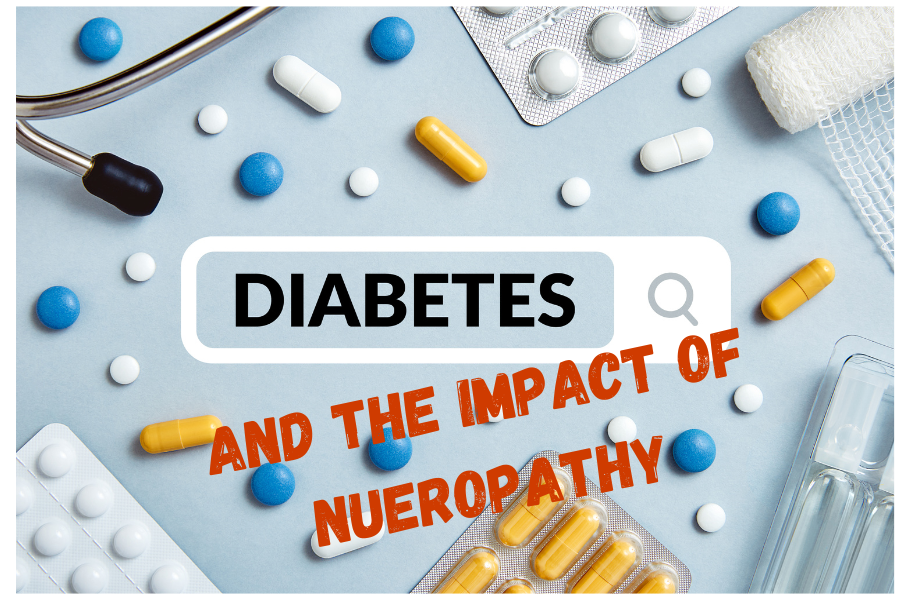


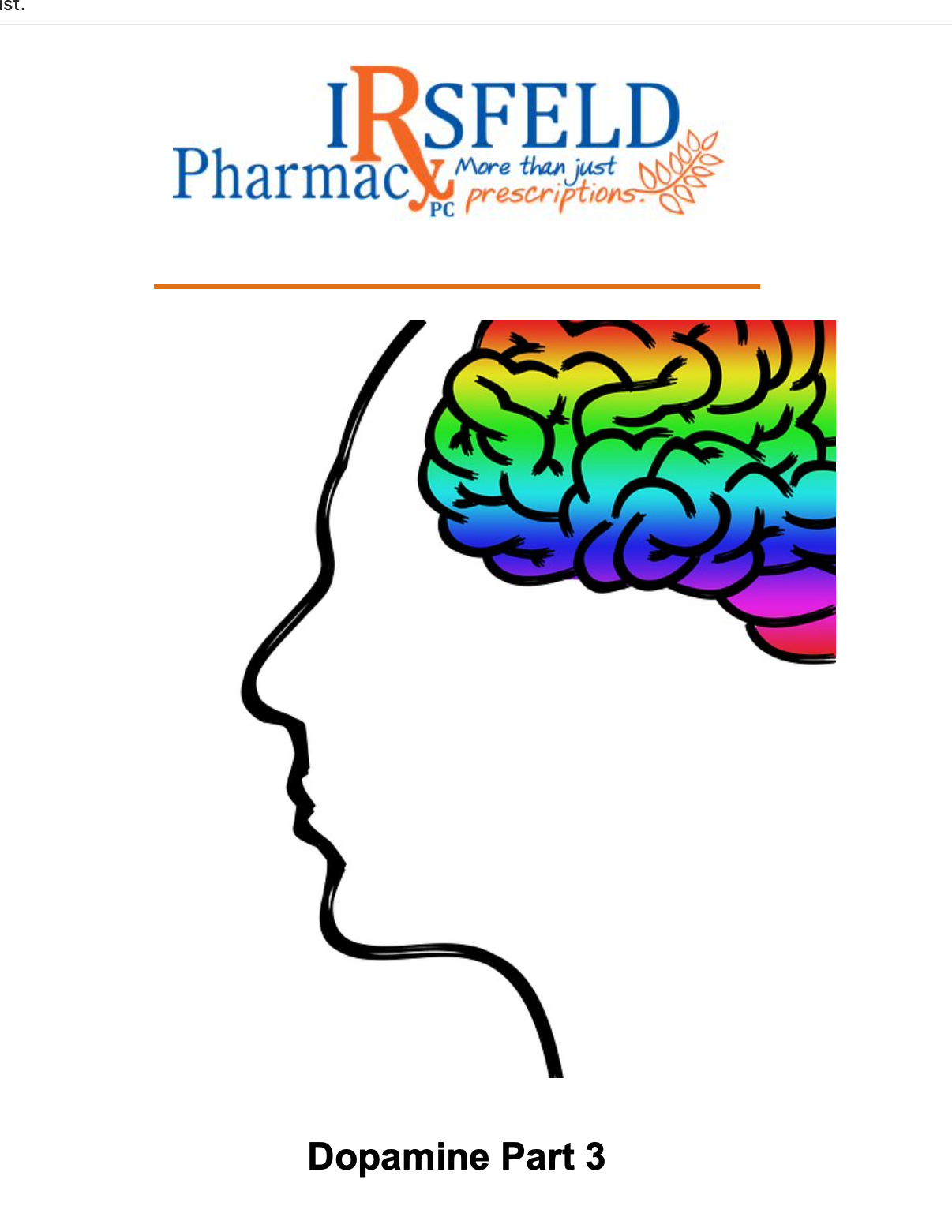

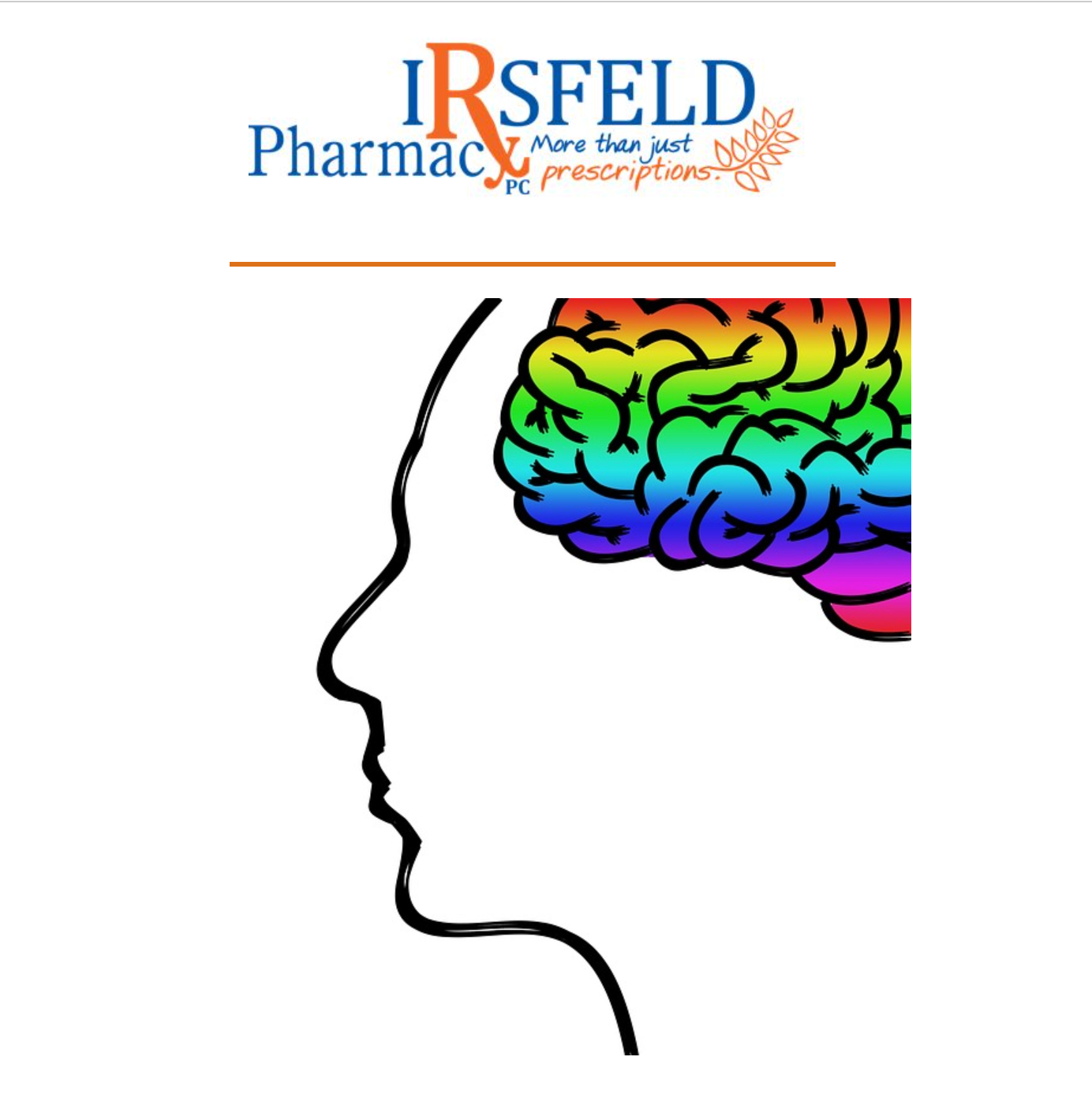
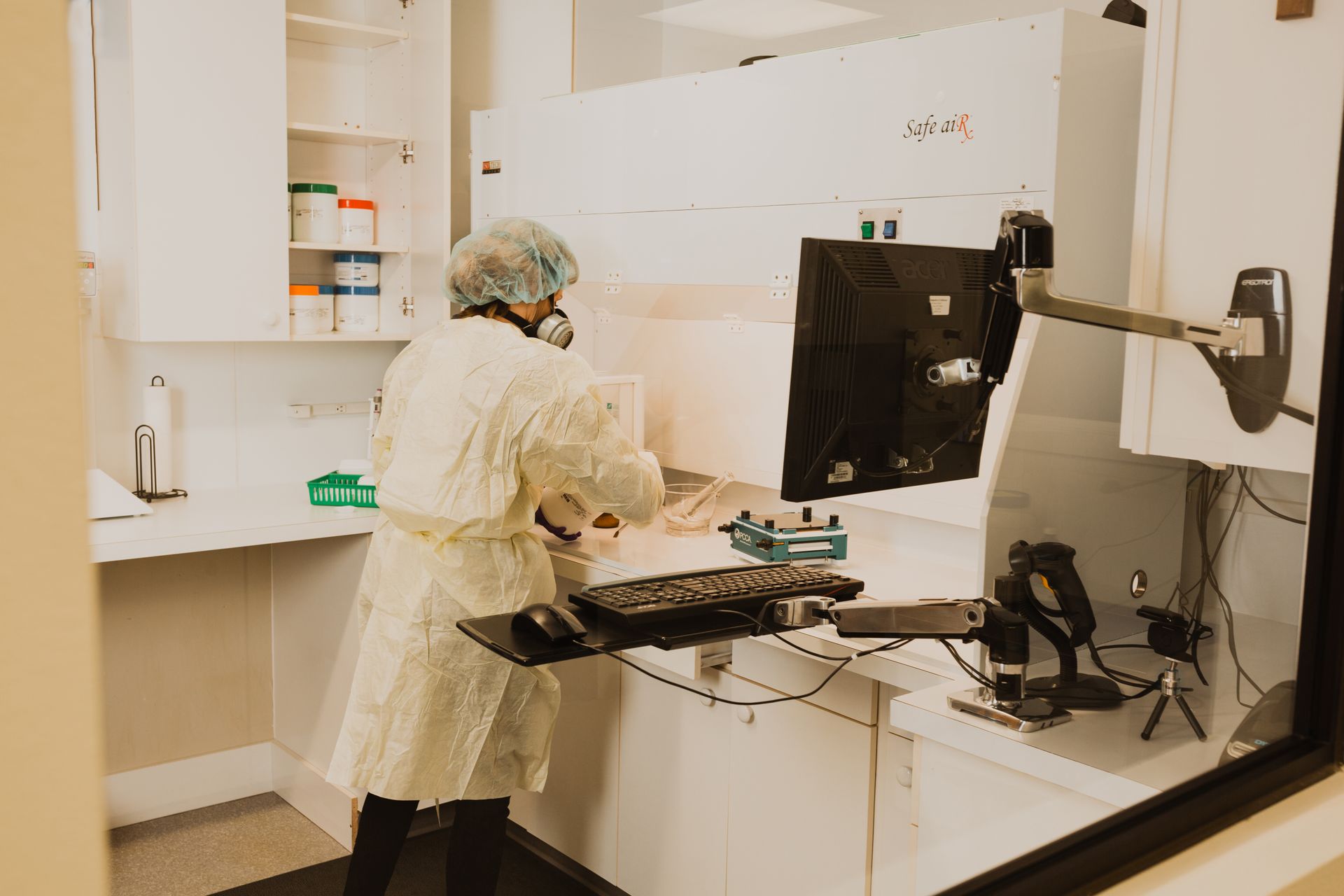


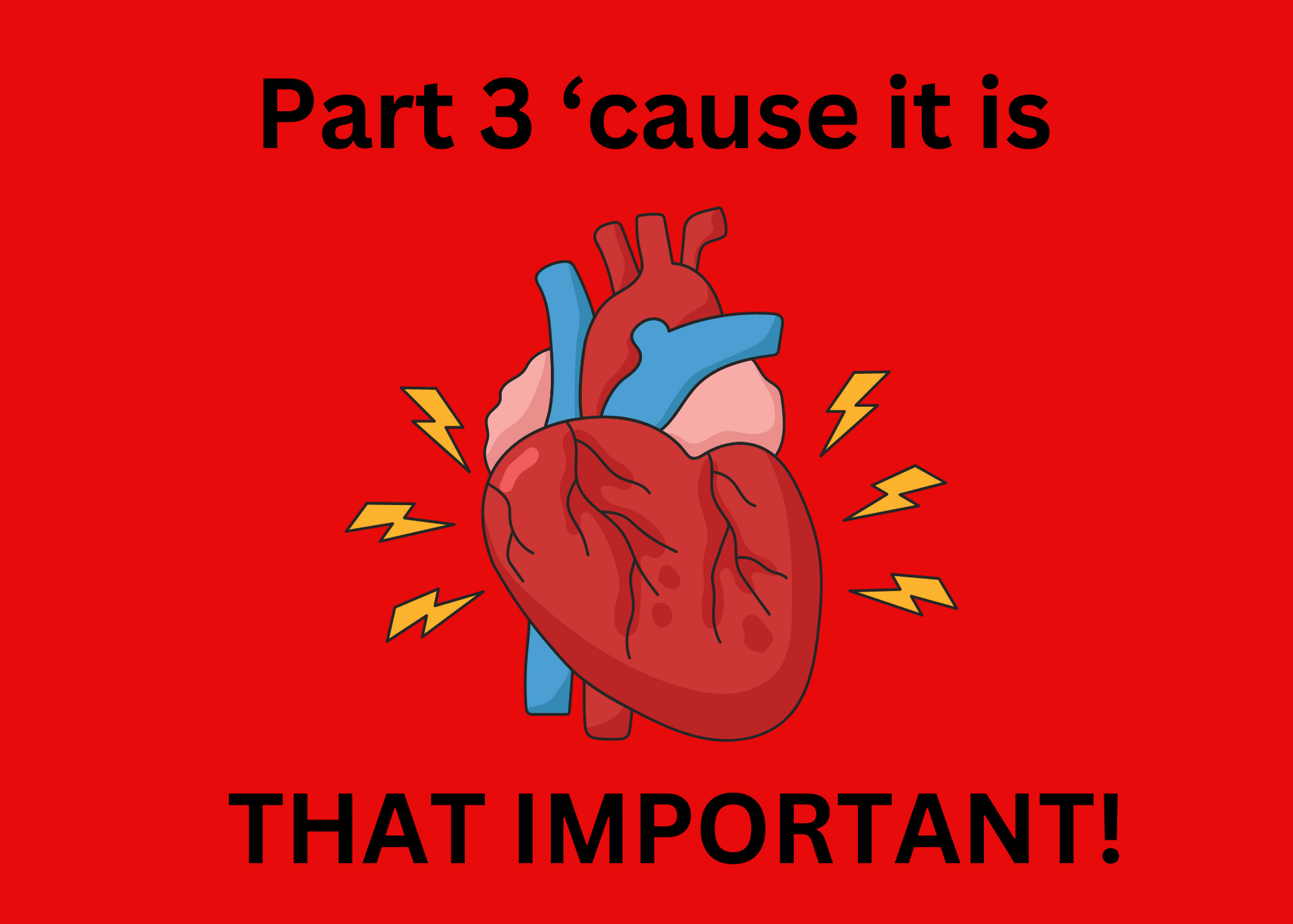
Share On: